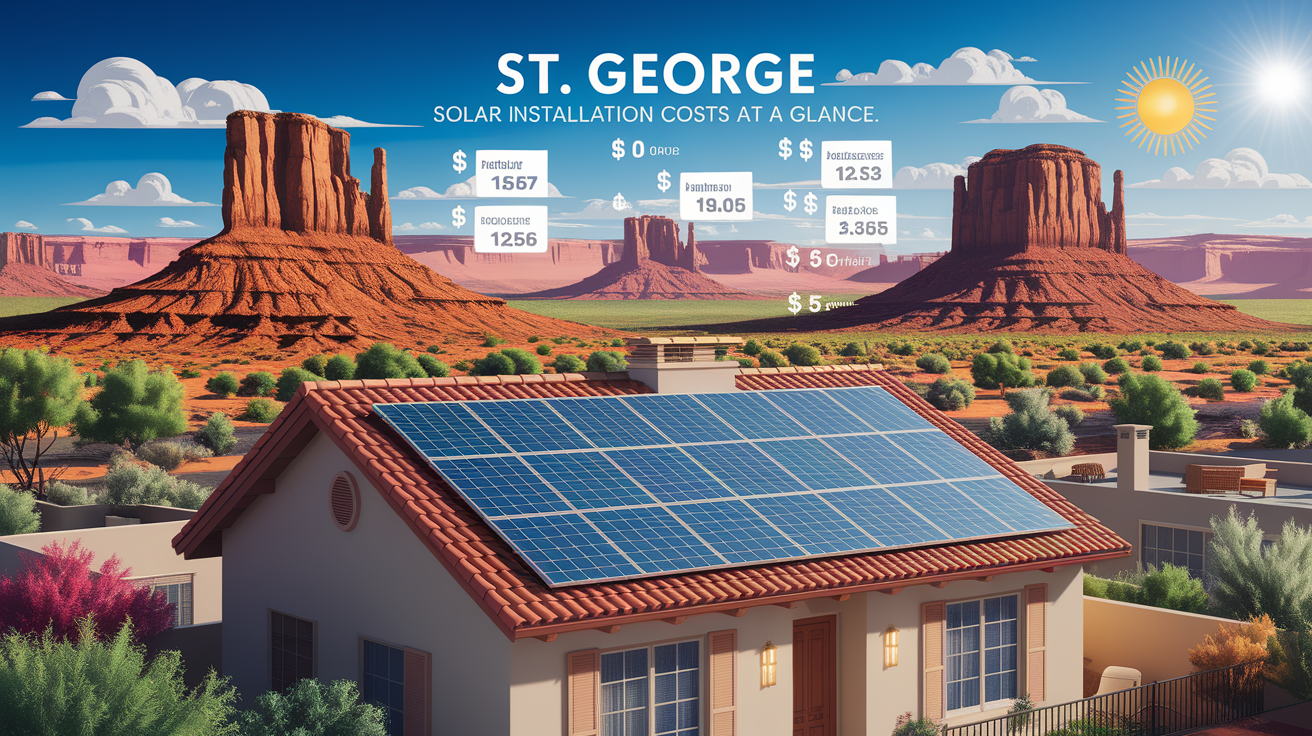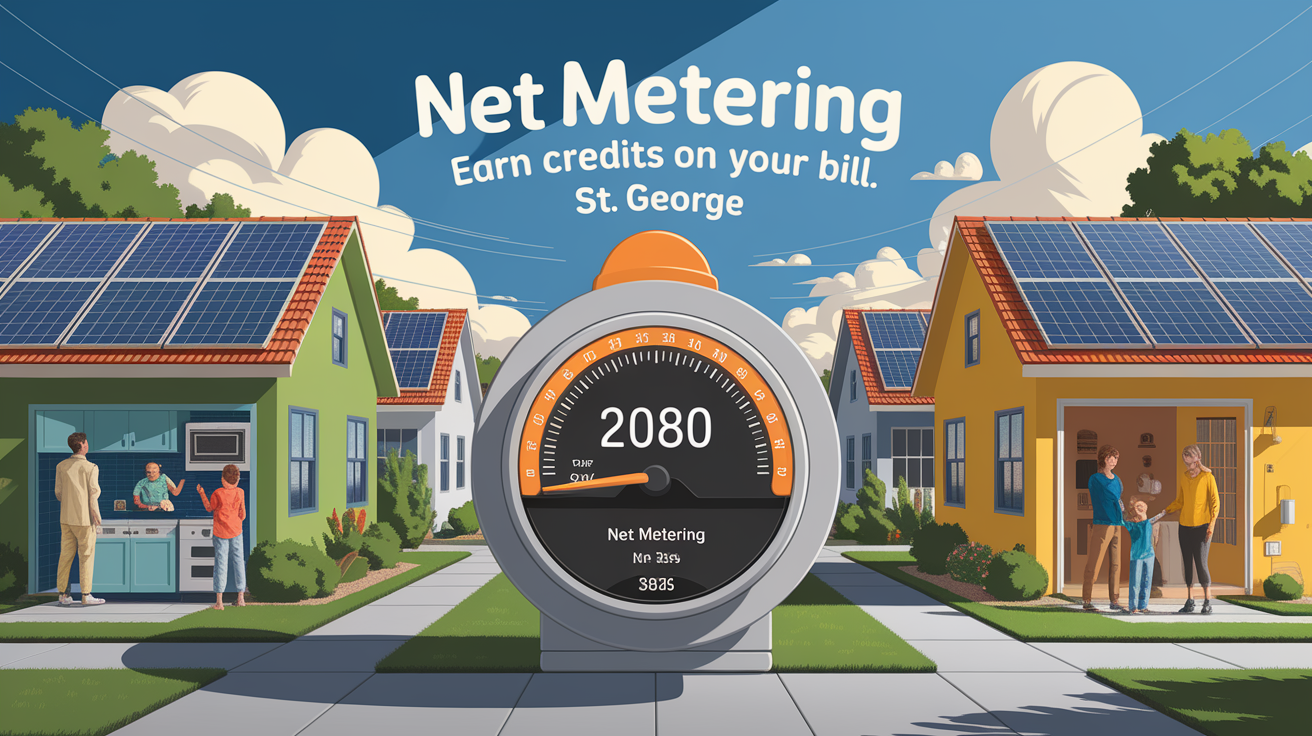St. George Solar Installation Incentives and Savings: Your Quick Guide
First Light on Savings: Kickstart Your Solar Journey
If you’ve been curious about switching to solar power here in St. George, you’re not alone. Many homeowners are drawn to the idea of generating their own electricity, cutting down on bills, and making a positive impact on the environment. Luckily, St. George offers several ways to make solar more affordable — from tax credits to utility programs. I’ve seen neighbors take the plunge and enjoy the satisfaction of watching their meters spin backward on sunny days.

St. George Solar Installation Costs at a Glance
Before incentives, the average cost for a 5-kilowatt (kW) residential solar system in St. George is around $12,971 as of 2025. A slightly larger 6 kW system typically costs about $15,960. These figures are before applying any savings programs.

While the upfront price can seem high, when you factor in tax credits and energy bill reductions, the numbers become much more appealing. It’s also worth noting that modern photovoltaic systems often come with warranties of 20–25 years, so you’re investing in decades of clean energy production.
Maximize Your Savings with the Federal Tax Credit
The most significant incentive available right now is the Federal Investment Tax Credit (ITC). This credit allows you to deduct 30% of your system cost from your federal taxes, covering both solar panels and battery storage. For a $15,960 system, that’s a savings of about $4,788, bringing your cost down to around $11,172.
This credit will only be available until December 31, 2025, so it’s a good idea to act soon if you want to take advantage. More details on current costs and this incentive can be found through EnergySage’s St. George data.

Utah State Incentives and Local Rebates
Utah offers its own incentive called the Renewable Energy Systems Tax Credit (RESTC), which currently covers 25% of your solar equipment and installation costs, up to $400. While the cap has decreased from $1,600 in previous years, this still works as a helpful supplement to the federal ITC. You can learn more about how to apply on the RESTC program site.

While St. George’s local utilities don’t currently offer major rooftop solar rebates, there are savings opportunities if you install battery storage. For example, Rocky Mountain Power’s Wattsmart Battery Program provides rebates and bill credits for homeowners who make their stored solar energy available to the grid when needed.
Net Metering in St. George: Earn Credits on Your Bill
Utah operates under a net billing system, often referred to as a version of net metering. This means that if your solar panels produce more electricity than you use, the extra power goes back into the grid, and you receive credits against your future bills. These credits help shorten the solar payback period by lowering your monthly costs. Specific credit rates are set by local utility companies, like Rocky Mountain Power, so be sure to ask your installer for up-to-date details. You can read more about the policy on Utah Clean Energy’s guide.

Long-Term Financial and Environmental Returns
Combining federal and state incentives can save an average Utah homeowner about $3,900 on installation costs. But the savings don’t stop there — reduced utility bills over time mean your solar system can pay for itself, often within 8–12 years depending on your energy usage. After that, the electricity your system produces is essentially free.
On the environmental side, the benefits are clear. A typical solar installation in St. George can cut your household’s carbon dioxide emissions by around 60 pounds a year. This helps reduce reliance on nonrenewable sources and supports a cleaner air quality here in southern Utah. For more insights into savings and sustainability, see EcoWatch’s St. George guide.
Bright Horizons: Wrapping Up Your Solar Savings
Switching to solar power in St. George can be a smart financial move and a meaningful step toward environmental responsibility. With incentives like the federal tax credit, Utah’s state tax credit, net metering, and battery rebate programs, the path to affordable solar has never been clearer. If you’re ready to take the next steps, consider speaking with local solar contractors who can help tailor a system to your needs, handle permits, and connect you with the right incentives. By starting now, you can lock in savings and enjoy the rewards of clean, renewable energy for years to come.







